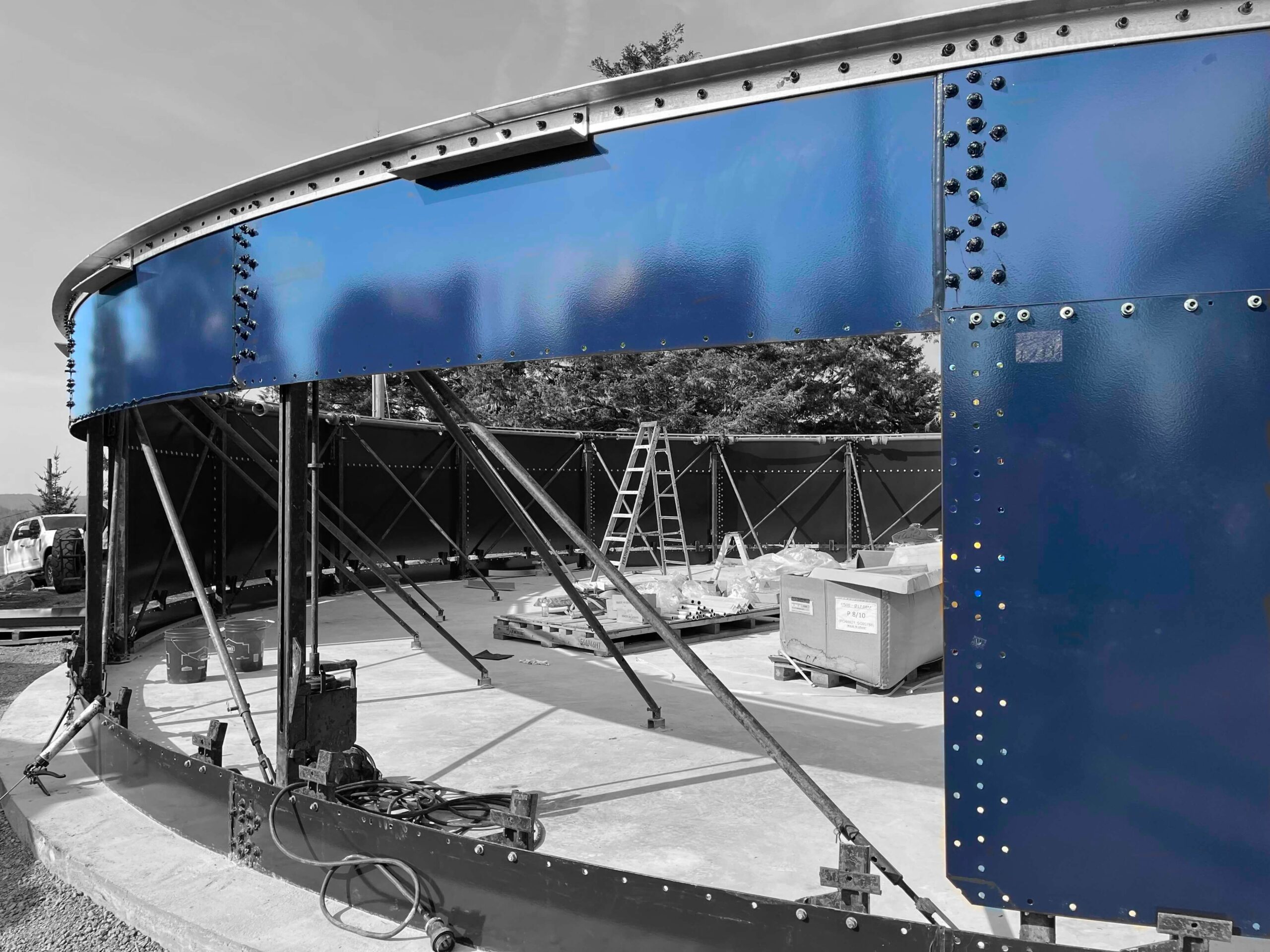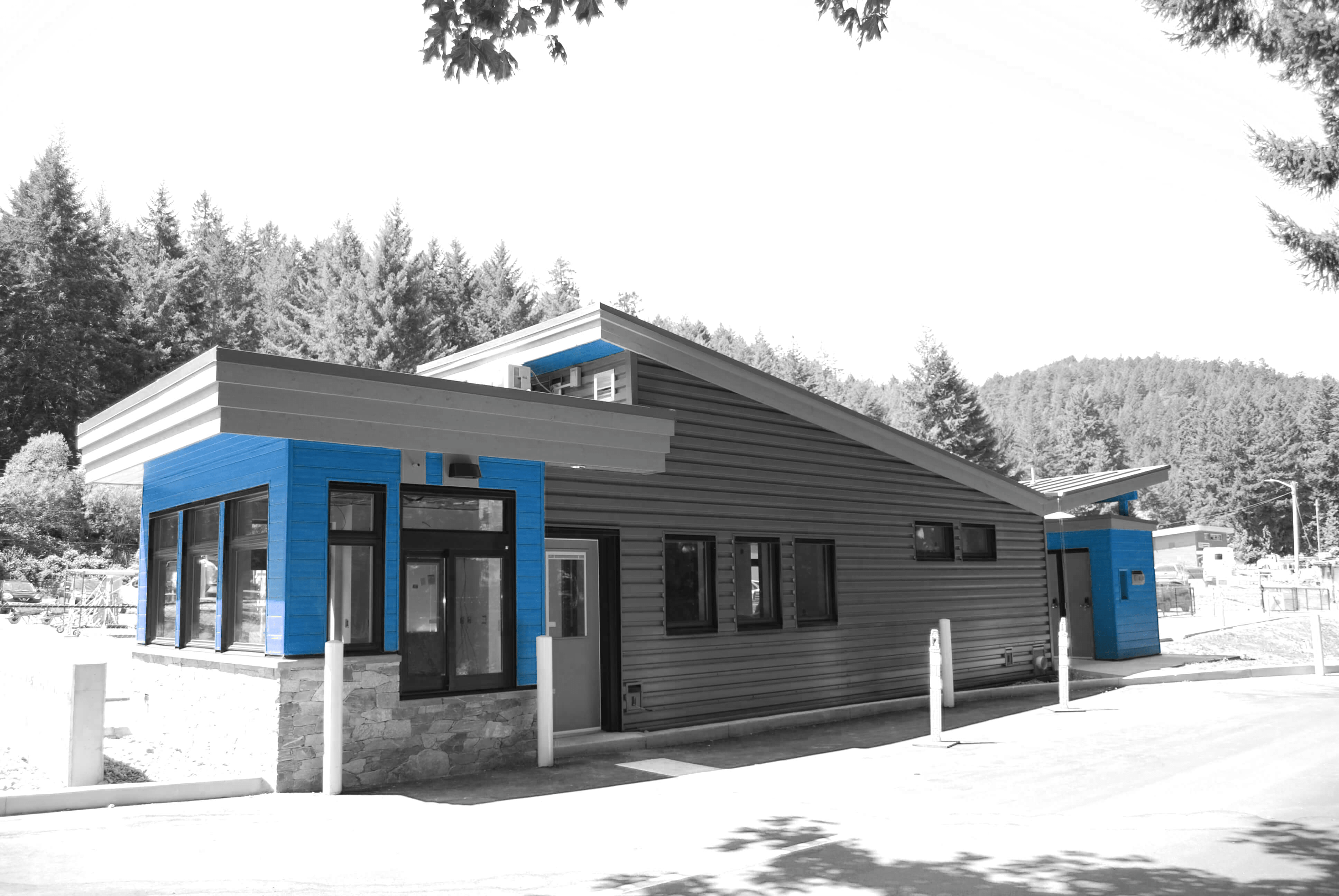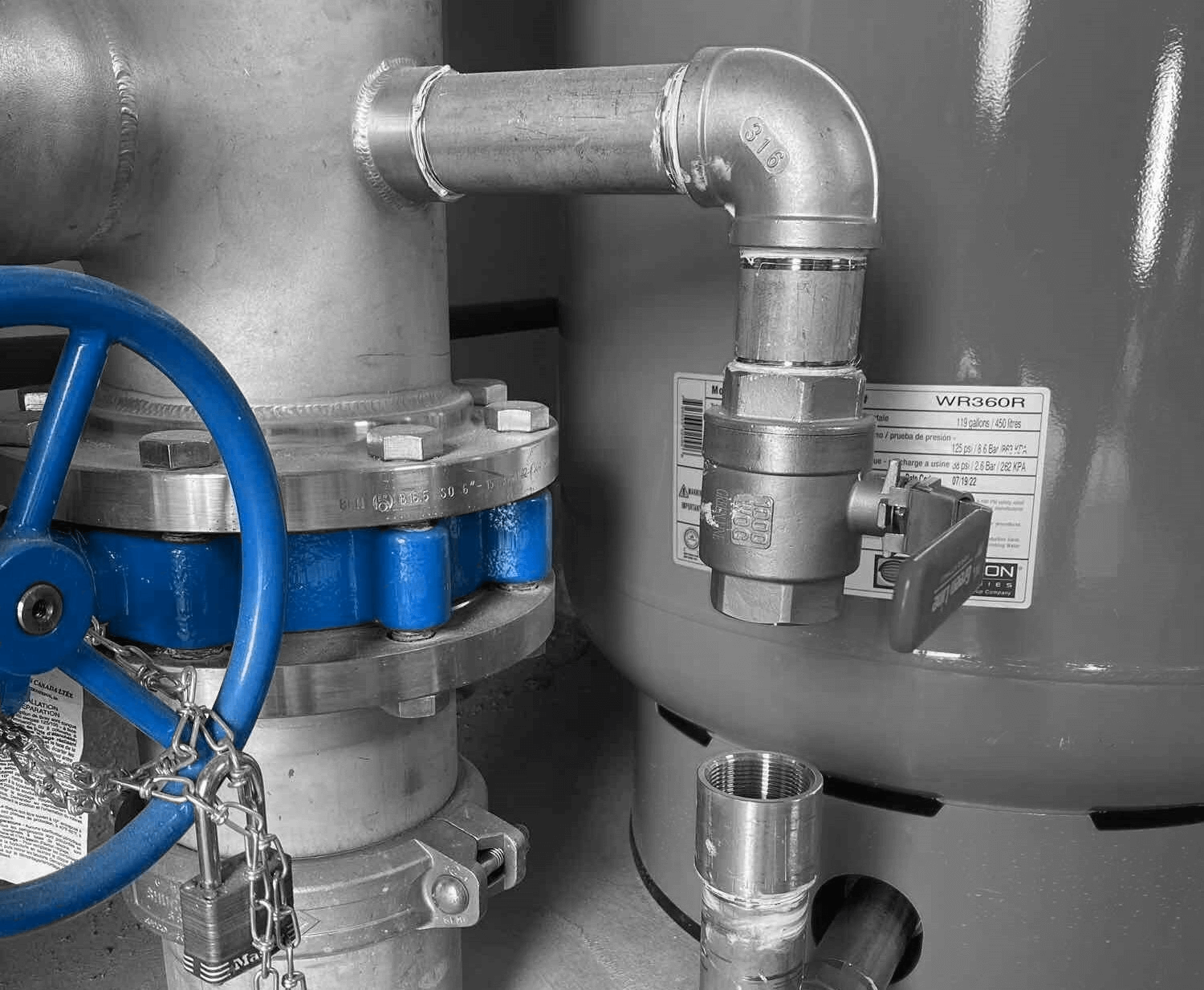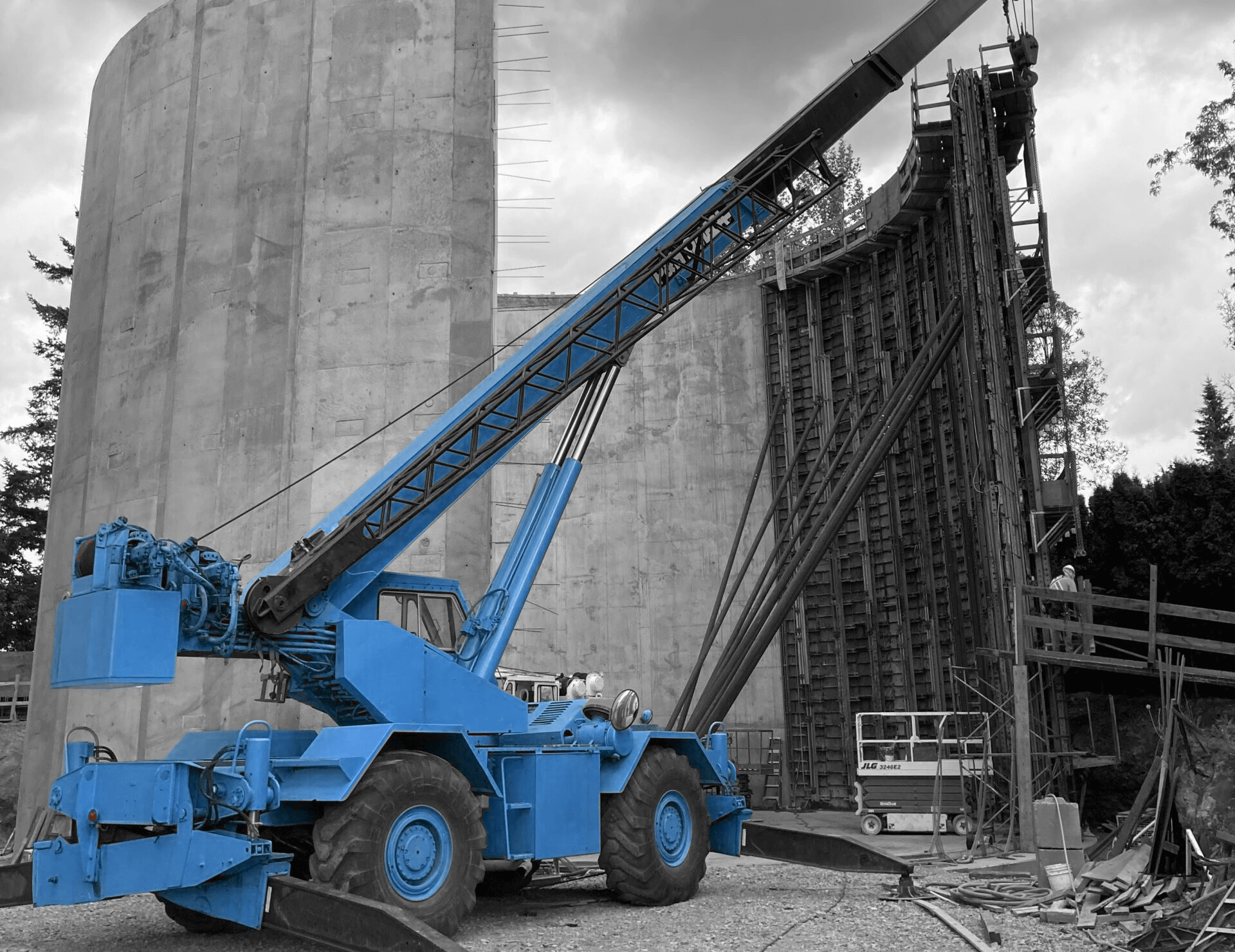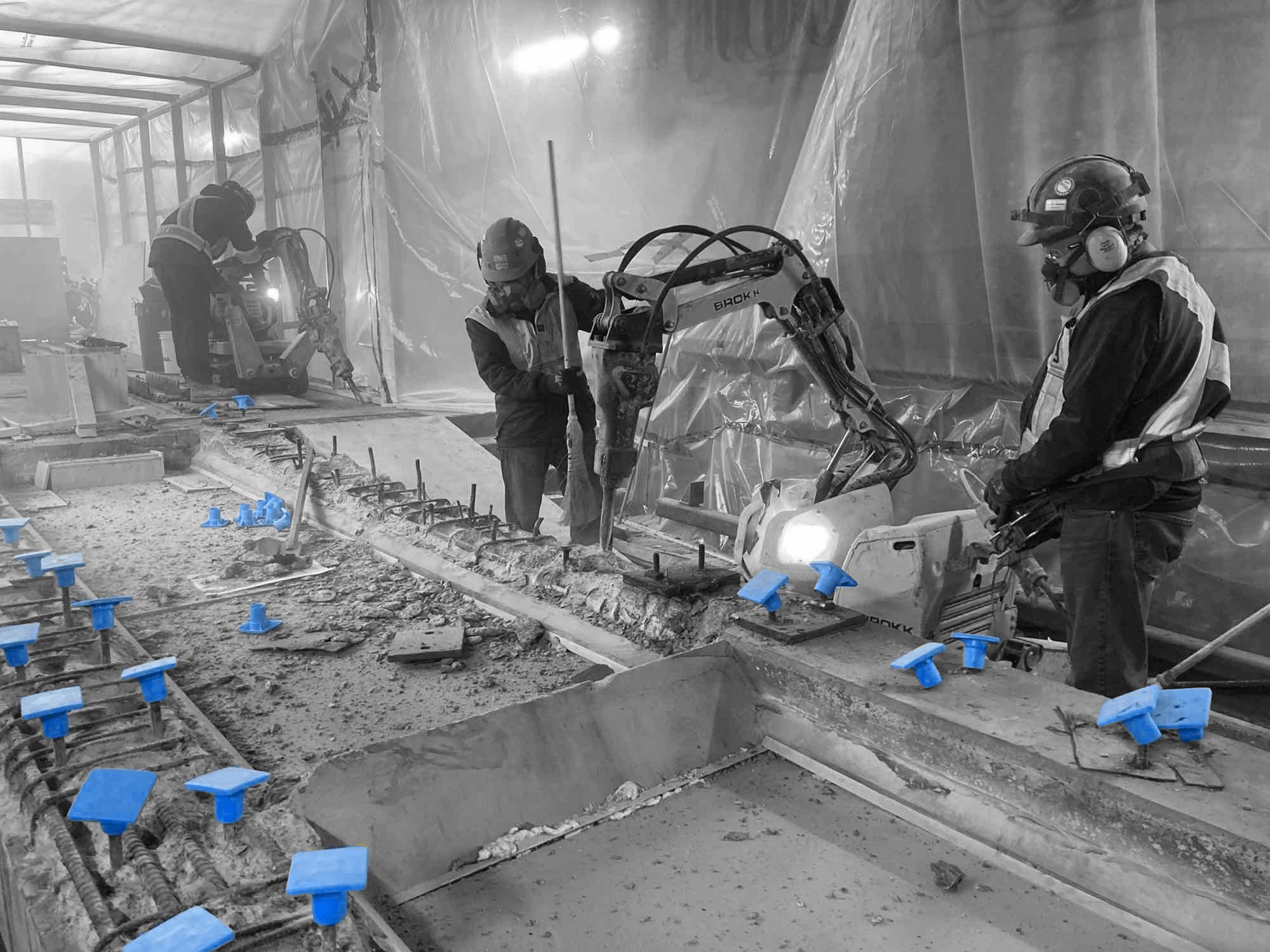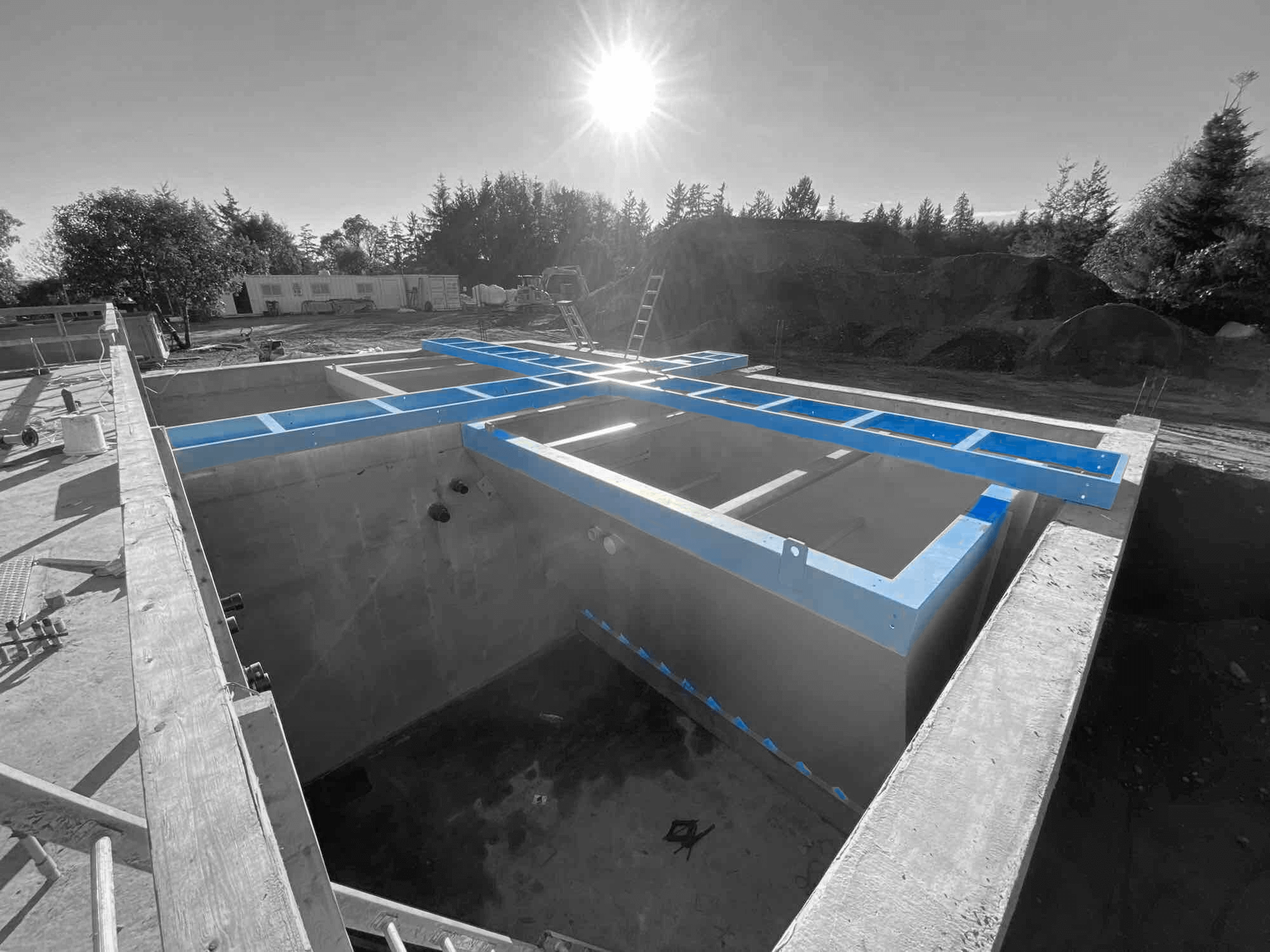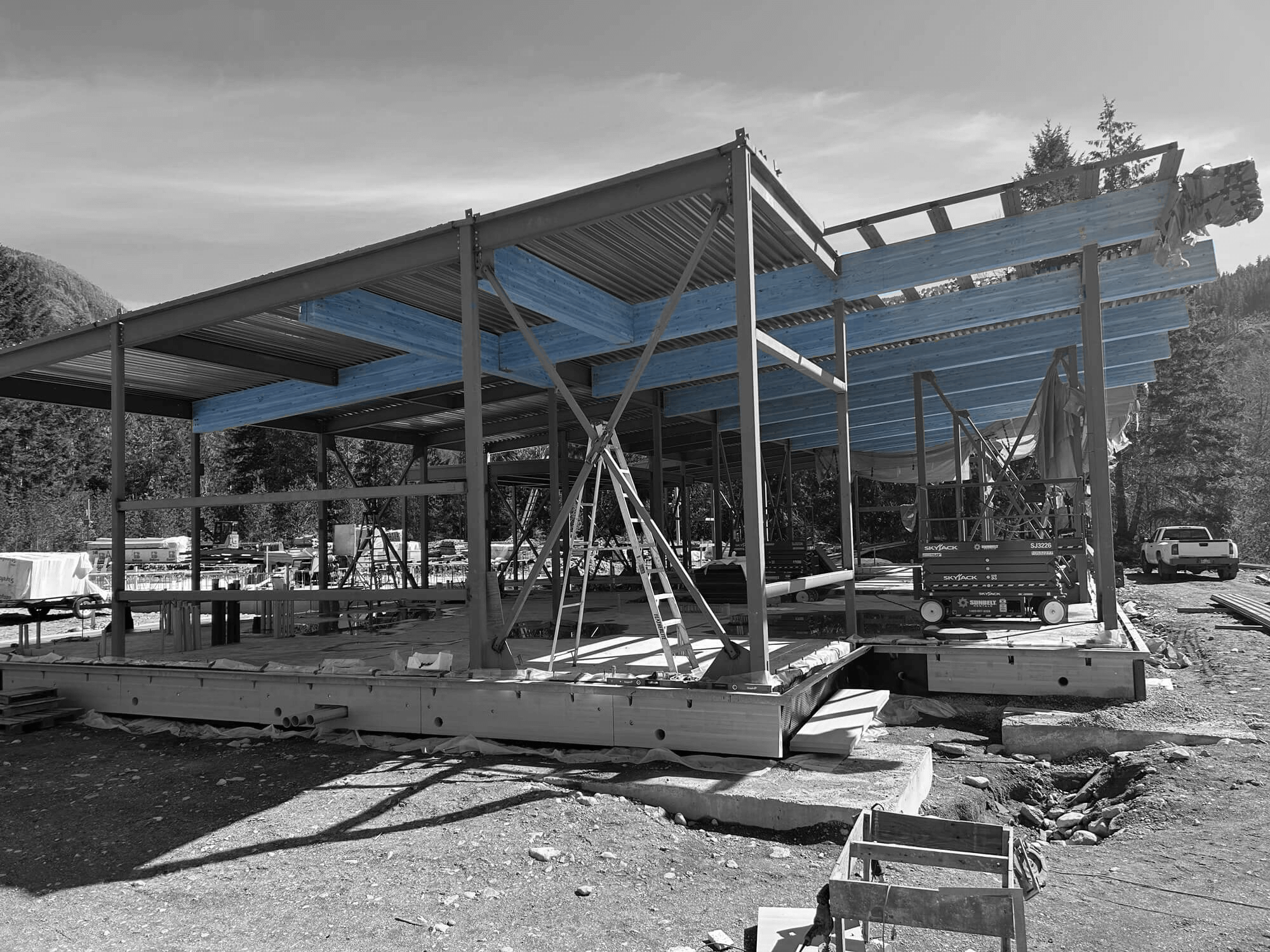Tackling large construction projects requires a strategic approach and meticulous execution. Without a solid plan, these projects can quickly become overwhelming, leading to delays and increased costs. Fortunately, with a few key management techniques, these challenges can be effectively managed and even prevented.
Successful construction management starts with thorough planning and setting clear objectives. Knowing the project’s purpose and desired outcomes guides every decision, ensuring that the project remains on track and aligns with stakeholders’ expectations. As you progress, proper communication and collaboration among team members becomes crucial. By consistently sharing progress, potential issues can be identified early, paving the way for timely solutions.
Finally, managing resources and anticipating potential risks are essential to controlling a large project. Balancing budgets, materials, and unexpected challenges ensures that the project is completed successfully. By focusing on these fundamental aspects, construction managers can lead their teams to deliver outstanding results, regardless of a project’s size or complexity.
Planning and Setting Clear Objectives
The first step in managing a large construction project is thorough planning. Taking the time to draft a detailed plan helps keep the project on track. It serves as a roadmap, guiding decisions and actions throughout the project lifecycle.
Establishing clear objectives is crucial in this phase. Outlining specific goals provides a benchmark for success and keeps all team members aligned. Objectives should be detailed and measurable, allowing for progress tracking. For instance, include timelines for key milestones, budget limits, and quality standards. This clarity helps coordinate different aspects of the project, ensuring that each task supports the overall vision.
Breaking down the project into smaller, manageable parts is effective. This approach makes it easier to address each segment without getting overwhelmed. By assigning responsibilities to designated team members, accountability is maintained, and nothing falls through the cracks.
In conclusion, comprehensive planning and setting clear objectives lay a strong foundation for successful project management. When everyone knows what the end goal is, it becomes easier to streamline efforts and stay focused, even when faced with unforeseen challenges.
Effective Communication Strategies
Communication is a key component in managing any construction project, but it’s especially critical for large ones. When multiple stakeholders are involved, ensuring everyone stays informed is vital for avoiding costly misunderstandings.
Establishing regular meeting schedules is a good starting point. Weekly updates allow project managers to relay progress and any changes in the plan. A structured agenda is crucial to making these meetings productive and focused.
Additionally, using communication tools like project management software can be beneficial. These platforms offer real-time updates and make it easier for team members to collaborate, share documents, and track tasks. This transparency helps maintain trust and keeps everyone on the same page.
Feedback loops are another essential aspect of effective communication. Encourage team members to voice concerns or suggest improvements. Fostering an open environment can address potential issues early, preventing them from escalating into larger problems.
Resource Management for Large Projects
Managing resources effectively is a cornerstone of successful construction management. This involves coordinating labour, materials, and equipment to ensure that the project progresses smoothly without wasting time or money. Having a plan for these resources is essential to avoid bottlenecks and ensure that all elements of the project come together seamlessly.
For labour, having the right number of skilled workers at the right time is crucial. This requires careful scheduling and anticipating needs throughout the project. By ensuring that you have sufficient manpower for each phase, you can prevent delays caused by understaffing. Regular training and clear task allocations also keep the workforce engaged and productive.
When it comes to materials, purchasing in bulk can often lead to savings. However, it’s important to balance these cost savings with storage constraints and potential spoilage or damage. Using just-in-time delivery methods can help, where materials arrive just as they’re needed. This approach reduces storage requirements and keeps materials fresh and ready for use.
Equipment management involves routine maintenance and timely repairs. Preventative maintenance schedules help avoid unexpected breakdowns that can disrupt the construction timeline. Renting equipment instead of buying can be cost-effective for items only needed for a short duration, allowing for efficient use of resources without large capital expenses.
Balancing costs with quality is critical in resource allocation, ensuring that the project is delivered efficiently and up to standard. Smart resource management keeps projects running smoothly and within budget.
Risk Management and Contingency Planning
Anticipating risks and having a plan to handle them is key to keeping large construction projects on track. Identifying potential issues before they arise allows for proactive solutions, minimizing disruptions.
The first step is conducting a comprehensive risk assessment at the start of the project. This involves looking at factors like site conditions, weather patterns, and supply chain reliability. By understanding these elements, you can prepare for possibilities that might otherwise catch the project off guard.
Creating contingency plans is an effective way to manage these risks. These plans act as a safety net, ready to be implemented if something goes wrong. For example, if weather delays construction, having pre-approved adjustments to timelines and duties can help keep the project on schedule.
Insurance is another critical aspect of risk management. Ensuring that the project is adequately covered protects against unforeseen incidents, offering financial support if needed. Additionally, regularly reviewing safety protocols and conducting drills can mitigate risks associated with onsite accidents.
Open communication with your team about potential risks and plans is vital. When everyone is aware and prepared, issue responses are quicker and more effective. By keeping an eye on the horizon and having contingencies in place, construction managers can handle surprises elegantly and keep the project moving forward.
Conclusion
Large construction projects have unique challenges requiring thoughtful planning and effective management. Every step is vital in ensuring project success, from putting together detailed plans and clear objectives to coordinating resources and managing risks. Strong communication strategies keep all stakeholders informed and foster a culture of collaboration and transparency. Resource management balances cost and quality, allowing projects to proceed smoothly while managing labour, materials, and equipment efficiently.
If you are seeking efficient solutions for managing large-scale construction projects, Industra Construction Corp. offers the expertise and resources you need. Let us guide you through the complexities of construction management and deliver your project on time and to the highest standards. Reach out to us today to start building a successful future.









